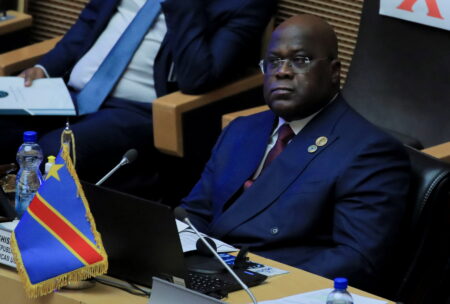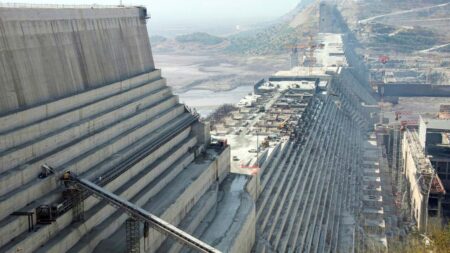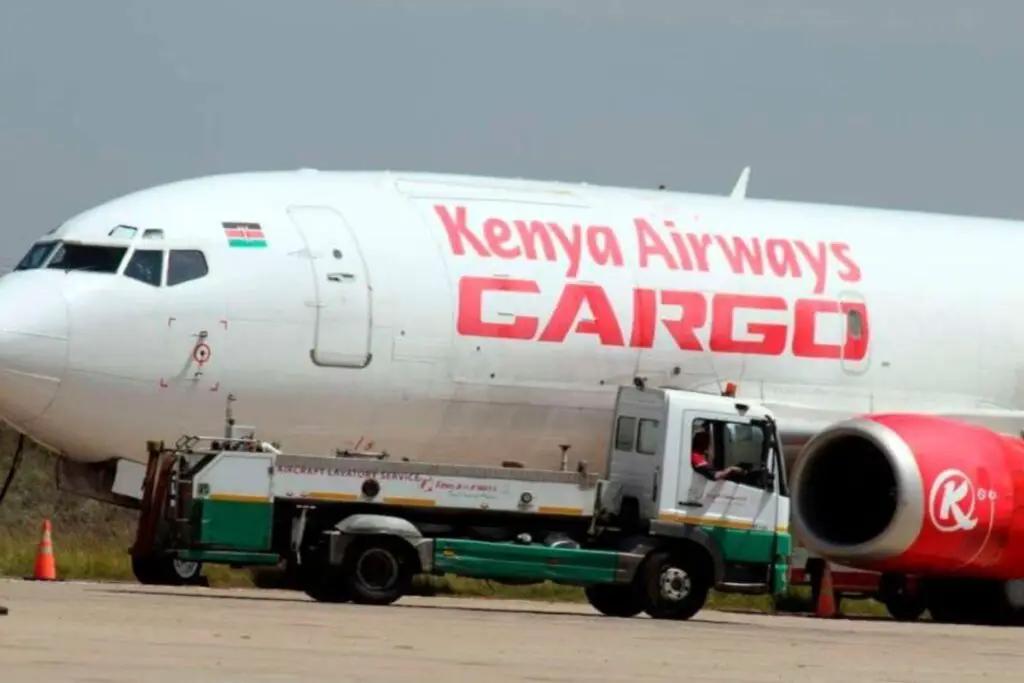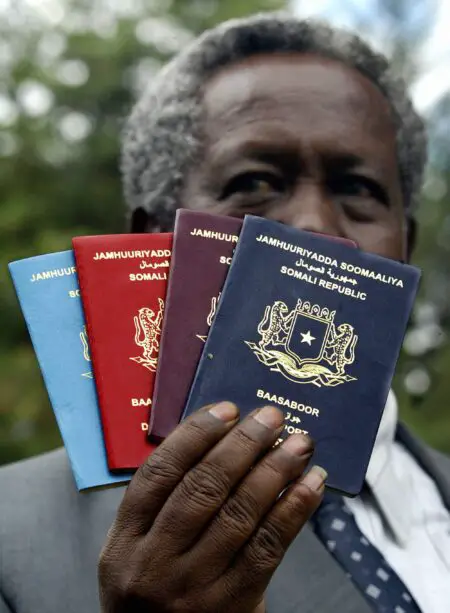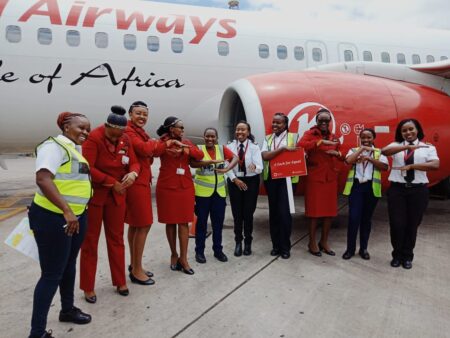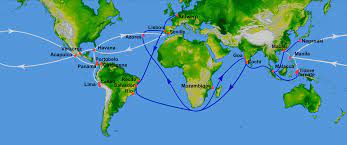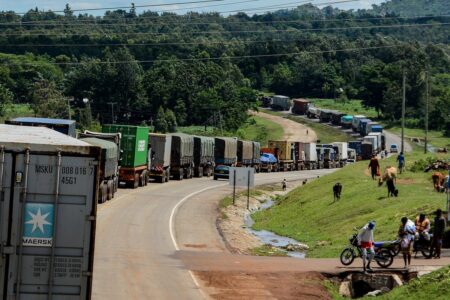- Africa’s new dawn: the rising role of digital and AI in agriculture
- Can Dangote Refinery Transform Africa Energy Ambition
- Gallup Survey: 80 per cent of Kenyan Workers Are Disengaged and Seek New Opportunities
- Madagascar Man Freed from 5KG Tumor After 15-Year Struggle
- How women in Africa are perceived and treated
- Sugar consumption in Kenya to Increase to 1.23 Million Tonnes
- Can Somalia and Turkey Oil deal Bring Change in Somaliland
- Remittances to Kenya dropped to $371.6 million in June, marking a six month low
Browsing: EAC
- DRC, through its investment portal ANAPI reassures investors
- Rwanda slams US statement saying it undermines regional peace process
- EAC Heads of State order immediate cease fire in Rwanda-DRC conflict
Rwanda should stop supporting the rebel group and withdraw its soldiers from the DRC, the US State Department has said in an official statement.
This US call for Rwanda to ‘cease and desist’ aiding rebel groups and to also recall its troops from the DRC is the latest effort by the international community to intervene in the protracted dispute between the two countries.
The US says Rwanda’s alleged aid to rebel factions in the DRC is undermining the regional peace process.
The statement comes only days after the East African Community (EAC) Heads of State met in the Burundi capital of Bujumbura. The meeting was an Extra-Ordinary Summit held to evaluate the “Security Situation in the Eastern Democratic Republic of Congo …
- The DRC is viewed as a most promising member of the regional bloc offering a market of over 96 million people.
- DRC is also rich in many coveted minerals such as cobalt and Nickel, gold, and diamonds, which has caused a long-standing conflict.
- The EAC peace forces in the DRC were sent in early last year to restore peace and stability in the region.
The East Africa Community (EAC) has been touted as a model for regional economic blocs in Africa but the tension between Rwanda and the bloc’s newest member, DRC, is threatening to derail the region’s social and economic integration.
The two neighboring countries have had a dicey relationship in the recent past with the largest country of the EAC, the DRC, accusing the smallest country in the region, Rwanda, of supporting rebels within its borders.
The DRC is viewed as a most promising member of the regional …
- Limited infrastructure, lack of standardized regulations and high air transport costs are among the challenges affecting the air transport sector in the East African Community according to a new report by East Africa Business Council.
- According to the report, limited liberalization of air transport contributes to high flight ticket rates and visa restrictions limit the movement of non-residents into the EAC region.
- The report calls for an EAC single air transport services agreement in a bid to lower the cost of air transport within the region.
Air Transport costs in the East African Community are higher than those in Europe and other African countries according to a new report by East Africa Business Council.
According to the report, the ticket price per kilometre in the EAC region is more than twice the ticket price for destinations in Europe and other countries in Africa.
‘‘The average ticket price per km in …
- Region economic communities such as East African Community (EAC) are opening doors for citizens to expand their hands across various economic opportunities.
- The movement of people over space and time is the bloodline of the modern world’s economies.
- South Africa, Africa’s highest ranked passport, was position 54 globally with South Africans having visa-free access to 106 nations.
A recent World Economic Forum (WEF) report revealed that an American passport holder can access 43 percent of the global GDP without a visa while a United Arab Emirates (UAE) passport gives access to 70 percent of the global GDP.
In contrast, the Nigerian (top African economy) passport holder can access 20 percent of the world, equivalent to 1.5 percent of the global GDP. The measure of access is a wake-up call on assessing strategies and measures regarding the movement of people over space and time in Africa.
Since the launch of the …
- EAC Partner States need to fast-track implementation regulations on the liberalisation of air transport
- An extra 155,000 jobs and US$1.3 billion in annual GDP would be created if 12 countries opened their skies.
- Africa has formed the Single African Air Transport Market (SAATM) to spearhead a single unified air transport market to advance the liberalization of civil aviation in Africa.
In the spirit of creating a single market and increased integration of Africa’s 54 nations, stakeholders want airlines operating within the continent to lower fares.
Recent research by the International Air Transport Association (IATA) showed that ‘if just 12 key Africa countries opened their markets and increased connectivity, an extra 155,000 jobs and US$1.3 billion in annual GDP would be created in those countries.’
These are significant figures by any measure and IATA, the trade association for the world’s airlines, representing some 260 members, maintains that lowering flight prices in …
- For over a decade, the East Africa single tourist visa programme has been discussed and proposed by EAC governments.
- Rwanda maintains that the East Africa single tourist visa will help market the entire region as a single tourist destination.
- The response from Tanzania is promising compared to the non-committal stance in previous engagements.
Buy a visa to Rwanda and get to visit all of Tanzania’s and Kenya’s tourist attractions. In fact, with that single visa you can tour all the 7 countries of East Africa. This is what the East Africa single tourist visa programme proposes.
Tanzania is home to some of the World’s most revered tourist attractions; the likes of the highest mountain in Africa, The Kilimanjaro; the Serengeti, home to the world’s largest wildebeest migration and the Ngorongoro crater, where visitors can see the world’s only known tree climbing lions and deemed the 8th wonder of the …
Tanzania is planning to increase its production of coal by more than three million tonnes annually as it rumps up its drive towards clean energy.
The country made its plans public at the start of the year through the Tanzania Mining Commission (TMC) which announced that the country has already increased it coal output from 1.5 million tonnes in the 2020/21 period to 1.56 million tonnes by the second half of this financial year 2022/23.
TMC Executive Secretary, Engineer Yahya Samamba, said Tanzania earned 211 million US dollars from the 2020/21 production of 1.5 million tones. He also made it clear that majority of this output was for export with more than 800,000 tonnes for the export market and a little over 60,000 tonnes consumed locally.
Also Read: Equity: Fossil fuel funding dries up as IFC buys bank’s stake
Notably, Tanzania’s coal is exported largely to India, Poland and the …
World trade is increasingly relying on new technologies to meet demand and Asia is likely to take centre stage in the future of global trade.
Analysts predict Southeast Asia will be the world’s busiest trade area by trade volume.
The International Monetary Fund (IMF) reports that billions of dollars are already been invested in warehouses and distribution centers across with ports investing in automated vehicles and cranes to increase efficiency and cut costs in the long term.
Trade in the modern world is global. Flow of goods, services, capital, people and data connects us all. Value chains of even the smallest of daily consumer products are global. Raw, a raw material from Africa is developed in Asia and consumed in the Americas -, that is the modern world and countries that wish to be competitive must adopt.
However, this view of a ‘world village’ is changing, in the wake …
Africa is huge continent with untapped potential. With the rest of the world opening up for the best international trade and travel relations, Africa is learning and following the same path, with countries such as Uganda, Kenya and Rwanda easing entry restrictions by issuing visa on arrival and hence turning themselves towards open borders opportunities as members of the East African Community (EAC).
Unrestricted movement of people and goods between African countries holds the key to unlocking this trade potential. That is why trade analysts are touting the African Continent Free Trade Area (AfCTA) as a game changer in inter-Africa trade.
According to United Nations Conference on Trade and Development (UNCTAD), Intra-African trade is currently low at 14.4 percent of total African exports. UNCTAD estimates that the AfCFTA could boost intra-African trade by about 33 percent and cut the continent’s trade deficit by 51 percent.
The possibility of more open …
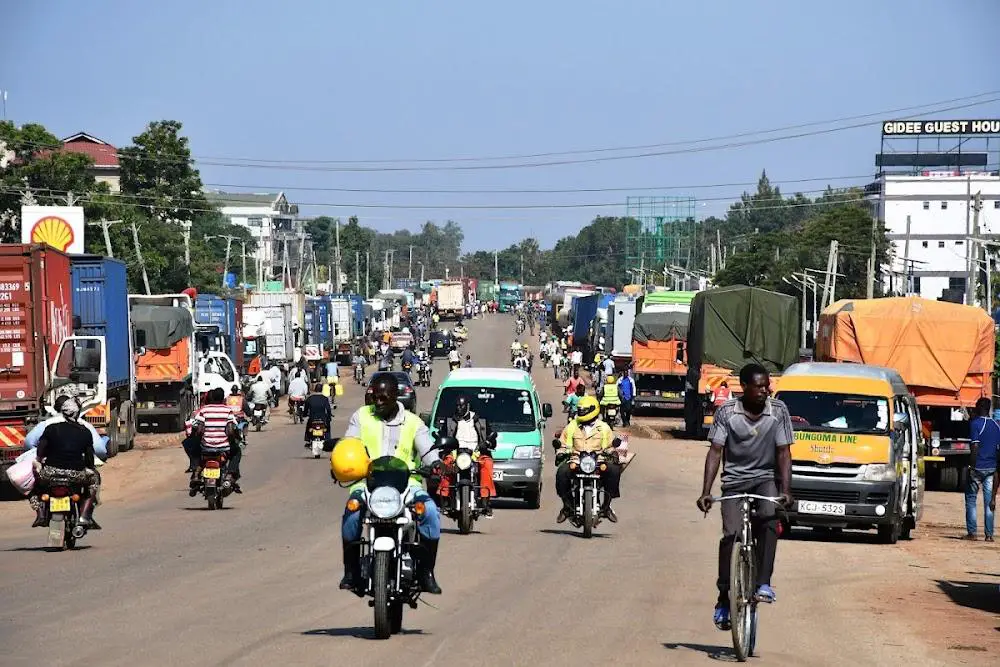
–
Uganda border of Malaba. It is one of the businesses in the East Africa
region





